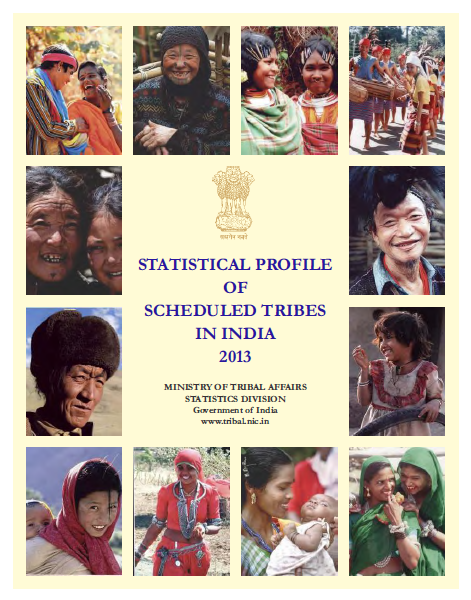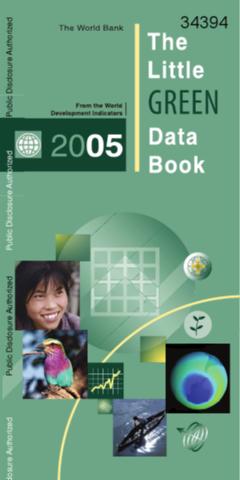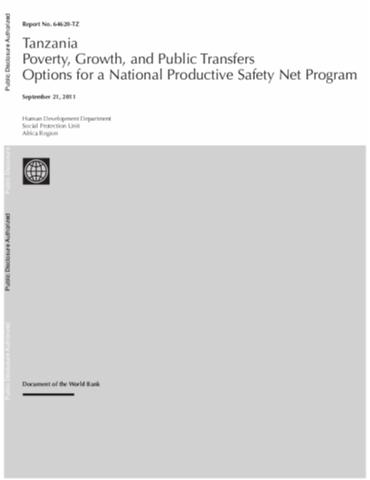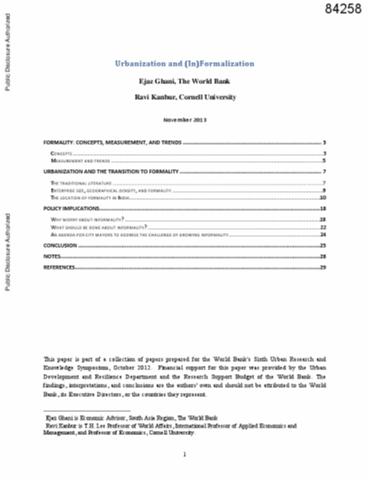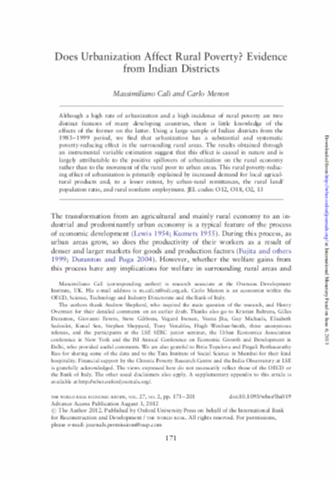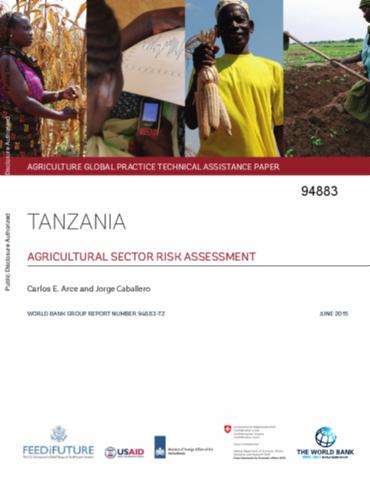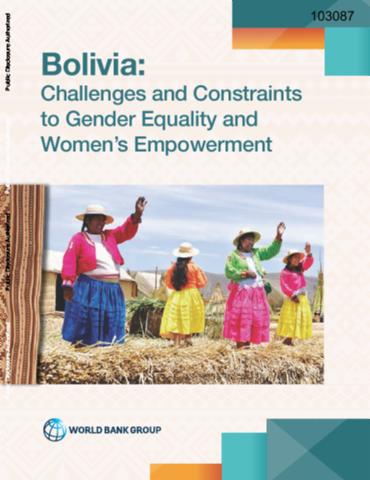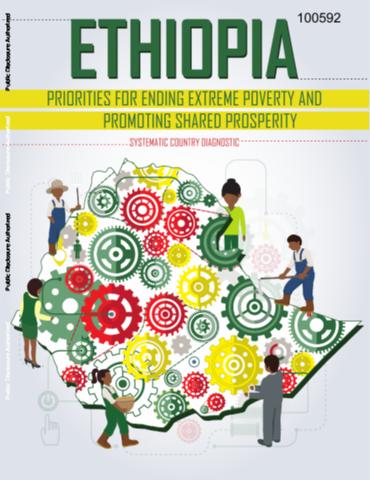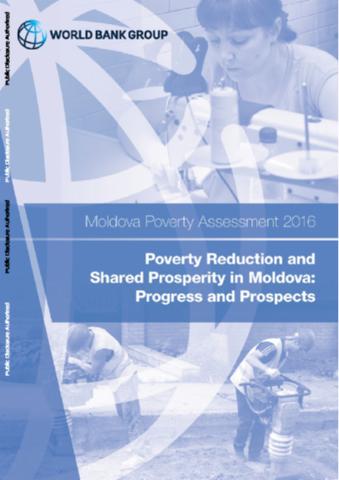Modelling Changes in Land Cover Patterns in Mtunzini, South Africa Using Satellite Imagery
Land is the basic resource that is needed by man in order to survive: It provides humans with living space, nutrition and energy resources. The rapid growth of the human population, climate change and pollution on a catastrophic scale has caused the quality of land resources to be compromised. Remote sensing is a useful tool in land cover change detection providing information to decision makers.


